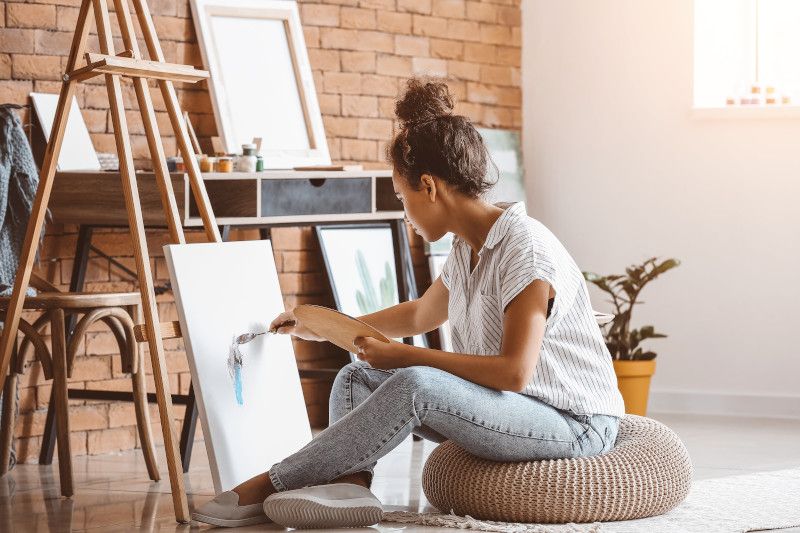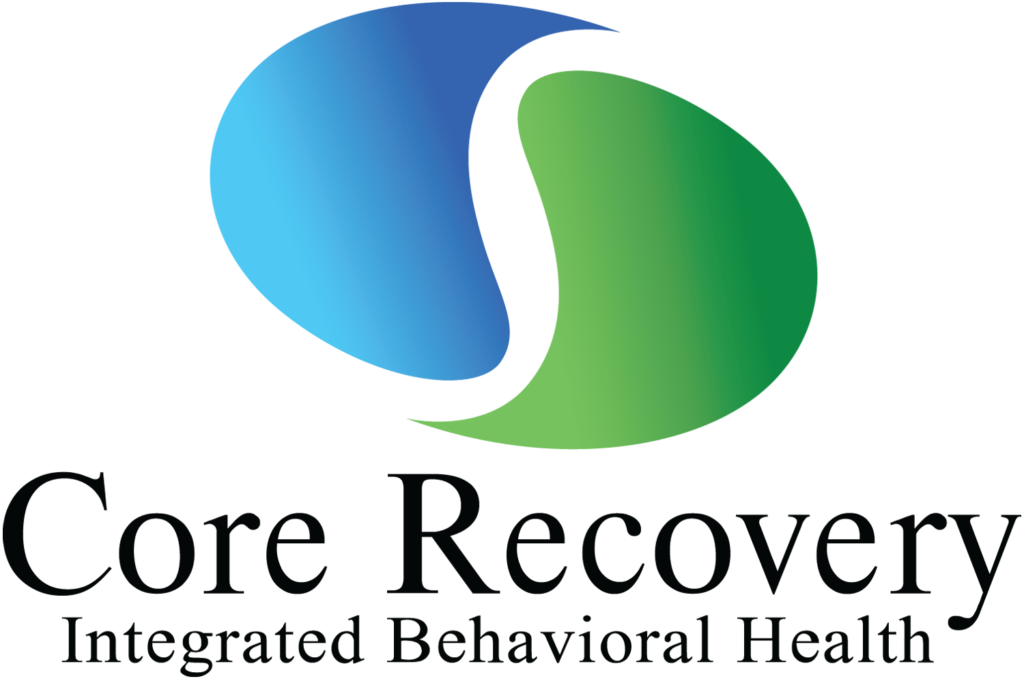Art as Therapy
Visual artists, musicians, and other performers can all attest to the healing power of artistic expression. More recently, therapists and mental health practitioners have become more attuned to the benefits of using art therapy as treatment for depression, as well as to work through other complex experiences and emotions, and even past trauma.
Art becomes therapy rather than simply a hobby or emotional outlet in one of two ways. Either it is supervised by a licensed therapist or it takes place in a therapeutic environment. In the words of disabilities expert Kristeen Cherney, “art therapy focuses on sensory and symbolic techniques led by professionals who help you access and express your feelings.” That differs from, say, focusing on technique as you would in an art class (although this can be psychologically stimulating too).
Art therapy allows patients to process what’s on their minds without having to talk directly about it, which may be difficult for some. Psychologists note that the act of artistic creation itself can give practitioners a helpful sense of having control over emotions instead of being overwhelmed by them. Art therapy can complement other kinds of therapies and treatments, too, helping those suffering from trauma, addiction, anxiety, and post-traumatic stress disorder (PTSD).
Visual Art Therapy
Some psychologists recommend having patients make vision boards as a particularly targeted art therapy for depression. These are collages that depict individuals’ hopes and plans for the future, based on things they enjoy.
Though research on this strategy is limited, it does seem logical, because depressed individuals often have a hard time envisioning a future. Vision boards might help depressed people see a way out of their current situation and imagine a future to get excited about.
Other ideas for art therapy include:
- Painting or doodling
- Using sand expressively
- Making sculptures and other types of collages
Research has shown that art therapy can be beneficial to individuals who have experienced trauma. It also has the potential to help individuals dealing with stress, burnout, and addiction.
Research has also shown that art therapy has helped individuals dealing with intense grief to set new goals and “make meaning,” that is, find a new sense of purpose. It also helps maintain a feeling of connection with the person they have lost and reduces other “negative grief symptoms” such as anxiety and poor cognition. Art therapy has been observed to relieve anxiety in adult women. Its nonverbal nature is one benefit of art therapy for anxiety, as talking more about anxiety can potentially trigger “fear and associated physical reactions.”
Music Therapy
According to UCLA, which provides music therapy to children at its Mattel Children’s Hospital, music therapy can:
- Help patients manage anxiety, stress, and pain
- Provide an outlet for emotional expression and support
- Help families support and bond with one another
One study showed that music-based therapies “represent a valid … intervention for reducing psychological and behavioral disturbances related to neurological disorders.”
Dance/Movement Therapy
Dance/movement therapy (also known as DMT) is a kind of art therapy used primarily for individuals dealing with physical and body-related issues. It functions as therapy for depression and anxiety, and can also assist patients with social issues.
A body of research notes that trauma is often stored in the body. Dance/movement therapy (like other art therapy ideas) can be helpful in releasing trauma. This research also suggests it may also be helpful to those suffering from addiction.
Narrative Therapy
Popular therapist Esther Perel notes that “the stories we tell ourselves can make us or break us.” Narrative therapy focuses on the art of writing in a way that allows individuals to craft their own stories and see their problems in a different light. One of its aims is to show people “how to make room for other stories” — that is, to get them to move beyond a story they have constructed around themselves, which has perhaps made them feel stuck. Narrative therapy can increase the individual’s self-compassion and provide an individual with a fresh perspective on their problems, and can be a potent depression treatment.
Whichever modality you choose, art for mental health patients, under the right circumstances, is beneficial and safe. If you’re struggling or stuck, it can show you a new sense of possibility and future adaptation.
Whichever modality you choose, art for mental health patients, under the right circumstances, is beneficial and safe. If you’re struggling or stuck, it can show you a new sense of possibility and future adaptation.







 In CA By O360®
In CA By O360®